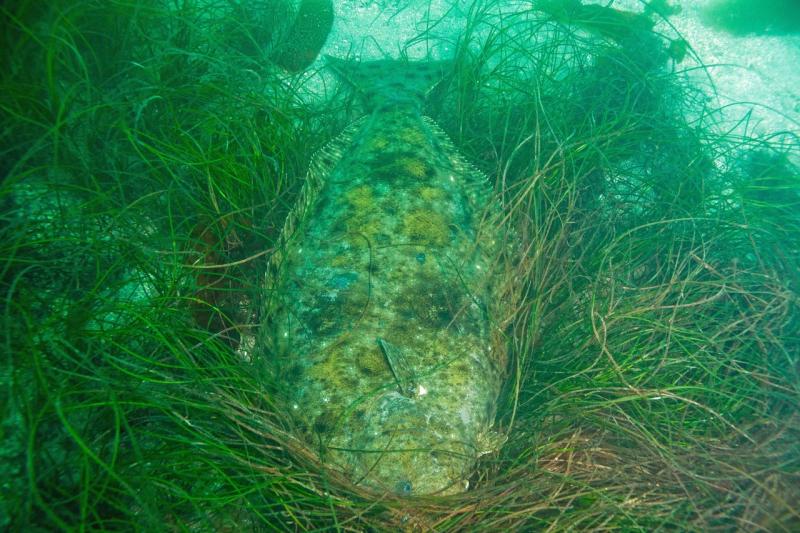Eelgrass provides a number of important ecosystem functions, including foraging areas and shelter to young fish and invertebrates, food for migratory waterfowl and sea turtles, and spawning surfaces for species such as the Pacific herring. By trapping sediment, stabilizing the substrate, and reducing the force of wave energy, eelgrass beds also reduce coastal erosion. In fact, eelgrass forms the base of a highly productive marine food web.
The unique habitat also produces food and oxygen, improves water quality by filtering polluted runoff, absorbs excess nutrients, stores greenhouse gases like carbon dioxide, and protects the shoreline from erosion.
Many people are unaware of the importance this plant plays in the marine environment. As a result, there has been significant degradation of eelgrass, primarily from human impacts such as urban development, dredging, pollution, and sediment runoff from upland areas.

The federal government designated eelgrass as Essential Fish Habitat (EFH) and a Habitat of Particular Concern under the Magnuson-Stevens Fishery Conservation and Management Act in 1996. The designation as EFH requires federal agencies to consult with NOAA Fisheries on ways to avoid or minimize the adverse effects of their actions on eelgrass. The consultation process does not apply to state or private projects.
The new guidelines – called the California Eelgrass Mitigation Policy and Implementing Guidelines, or CEMP – provides federal agencies consulting with NOAA Fisheries with comprehensive and consistent information to ensure their actions result in “no net loss” of eelgrass habitat function. This is an important goal for one of California’s most productive and rare marine habitats.
Using this new policy, biologists will help federal agencies mitigate for unavoidable impacts and create 20 percent more eelgrass habitat than was destroyed. The additional habitat would not only replace the original eelgrass but also compensate for the loss of the beneficial properties of the eelgrass as it matures over the next several years.
The CEMP also provides information on how to avoid or lessen impacts to eelgrass and for considering different options for mitigation. This flexibility provides an opportunity to protect and restore eelgrass, a key foundation to a healthy marine habitat, and to preserve the basic ecosystem functions along the California coast.



